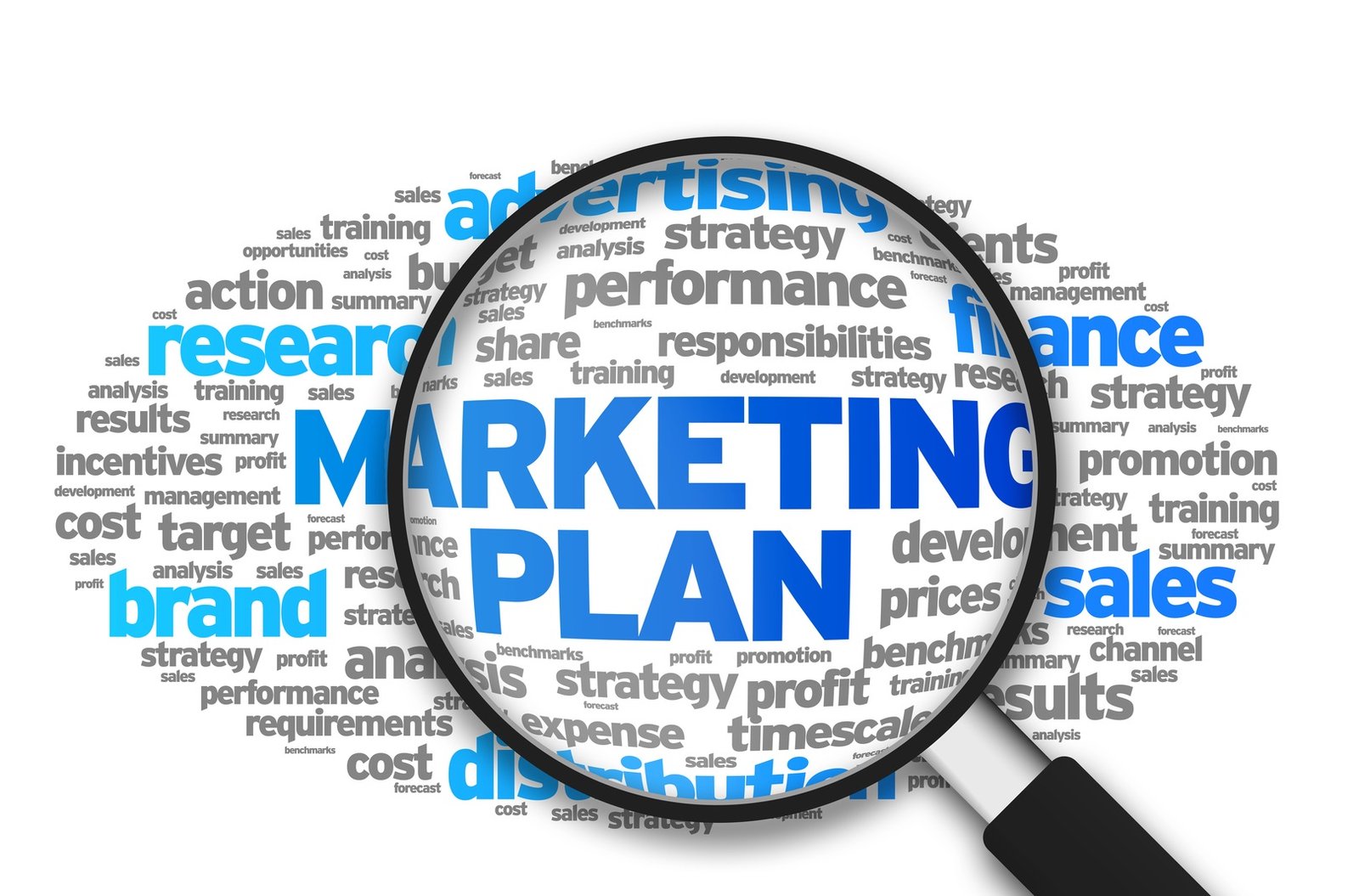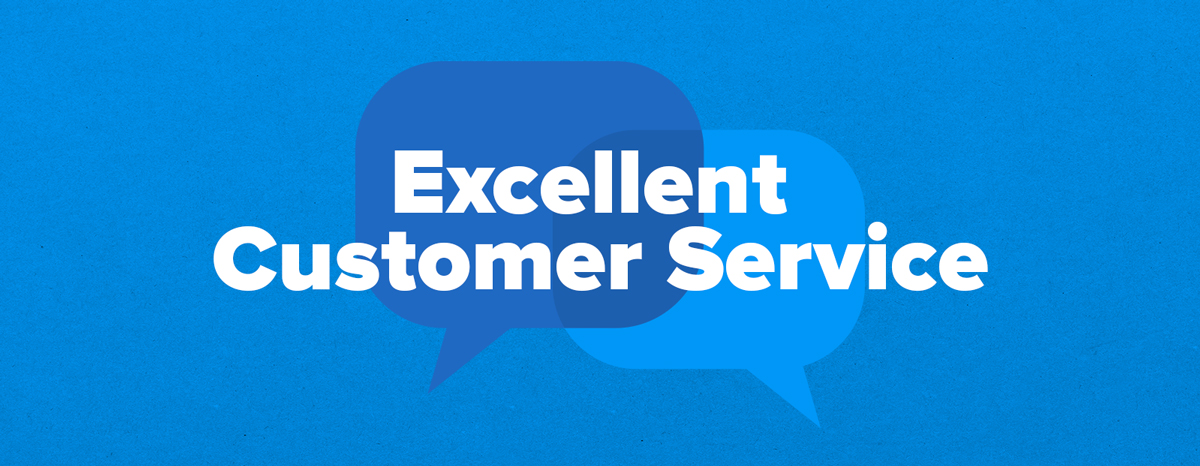
On-Page SEO is the practice of improving individual websites in order to improve their ranking and generate more relevant online traffic in search engines. In contrast to Off-Page SEO, which includes links and other outward signals, On-Page SEO refers to both the information and HTML source code of a website that is usually improved.
On-Page SEO Techniques and Their Importance
On-Page SEO Techniques are what they sound like. On a web page, SEO is made up of all the components of SEO that you can handle the most effectively? You can handle specific challenges and the best of your knowledge if you have a website. We believe that all on-page concerns should be handled as if they were in your own hands. If you create a fantastic website, it will undoubtedly begin to rank. Focusing on On-Page SEO Techniques will also increase the likelihood that your Off-Page SEO strategy will be successful. Link-building on a low-quality website is a difficult task. No one wants to click on a link to content that is outdated or boring.
Page Titles
When it comes to SEO, page titles are extremely important. The titles of your posts and pages should be unique and include your primary keywords. For example, you could write an article about a new cake recipe you tried. In this case, you may want to include relevant keywords in the title and body of the article, such as chocolate cake recipe.
Meta Descriptions
Some webmasters do not include Meta descriptions in their pages. It is, as the name implies, a description of the post you have written. Make sure the description is brief and includes the most important keywords.
Meta Tags
As Meta tags, you can include a few keywords. If you have a Word Press blog, you can use the All in One SEO Pack plug-in. With this plug-in, you can easily enter Meta tags, page titles, and Meta descriptions.
URL Organization
It is recommended that each page’s URL be search engine friendly. However, make sure that each URL is brief and contains a relevant keyword.
Body Markings
It is preferable to divide your article body into small paragraphs for easier reading. You can assign headings to each section, such as H1, H2, and H3. Typically, the H1 tag is only used for the main page title. This assists the search engine in determining the most important sections of your blog posts. As previously stated, the headlines should be keyword-rich.
Image Search Engine Optimization
You can add images to each page to make your site more visually appealing. These images can be SEO-optimized. All you have to do is optimize the image names by incorporating relevant key words. They are referred to as Alt Text and descriptions.
‘https’ should be used instead of ‘http’
Many content authors will publish their pieces using the http protocol. Here’s a new way to boost your website’s traffic. Change the protocol from http to https. It was also a well-known, up-to-date SEO On-Page Optimization strategy.
Put an ad in Yahoo! and Bing
Publishing our articles in Yahoo! and Bing is the most recent SEO On Page Optimization strategy. We used to utilize Google to publish our articles. However, according to recent studies, publishing posts on Yahoo! and Bing would result in increased traffic.
Internal Connectivity
People frequently believe that only back links are important in SEO, which is not the case. Interlinking is also very important. In fact, it’s an excellent weapon to have in your arsenal.
This technique assists your visitors in locating other important pages on your website. It also makes it easier for search engine bots to crawl your site.
In your comments, use keywords
The use of comments to increase traffic is another significant On Page SEO Technique. Because Google bots will take into account both the post and the comments. Long comments will be left by some users. Those comments can be useful to writers. When authors come across large remarks, they add one or two keywords to the comment.
Don’t overuse terms. Even after adding the keywords, the comment should appear natural. Writers can create more traffic in this method, even if they use comments on their posts.
Keywords that are relevant to your content are essential. This will aid the Google search engine in assessing the content’s nature. Make sure you don’t overdo the keywords, because the big search engines, particularly Google, may penalize you.
To summarize, if you want to optimize your site for on-page SEO, we recommend that you follow the advice in this article.
Just remember to use these techniques sparingly















